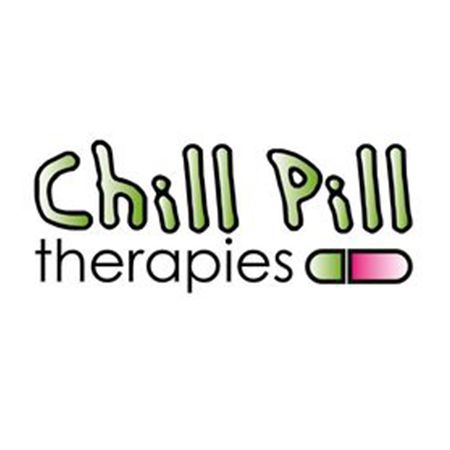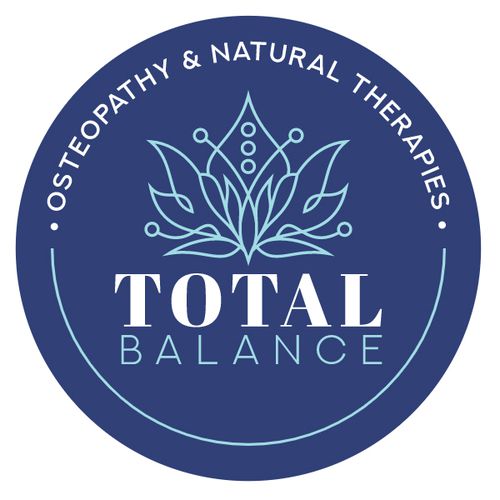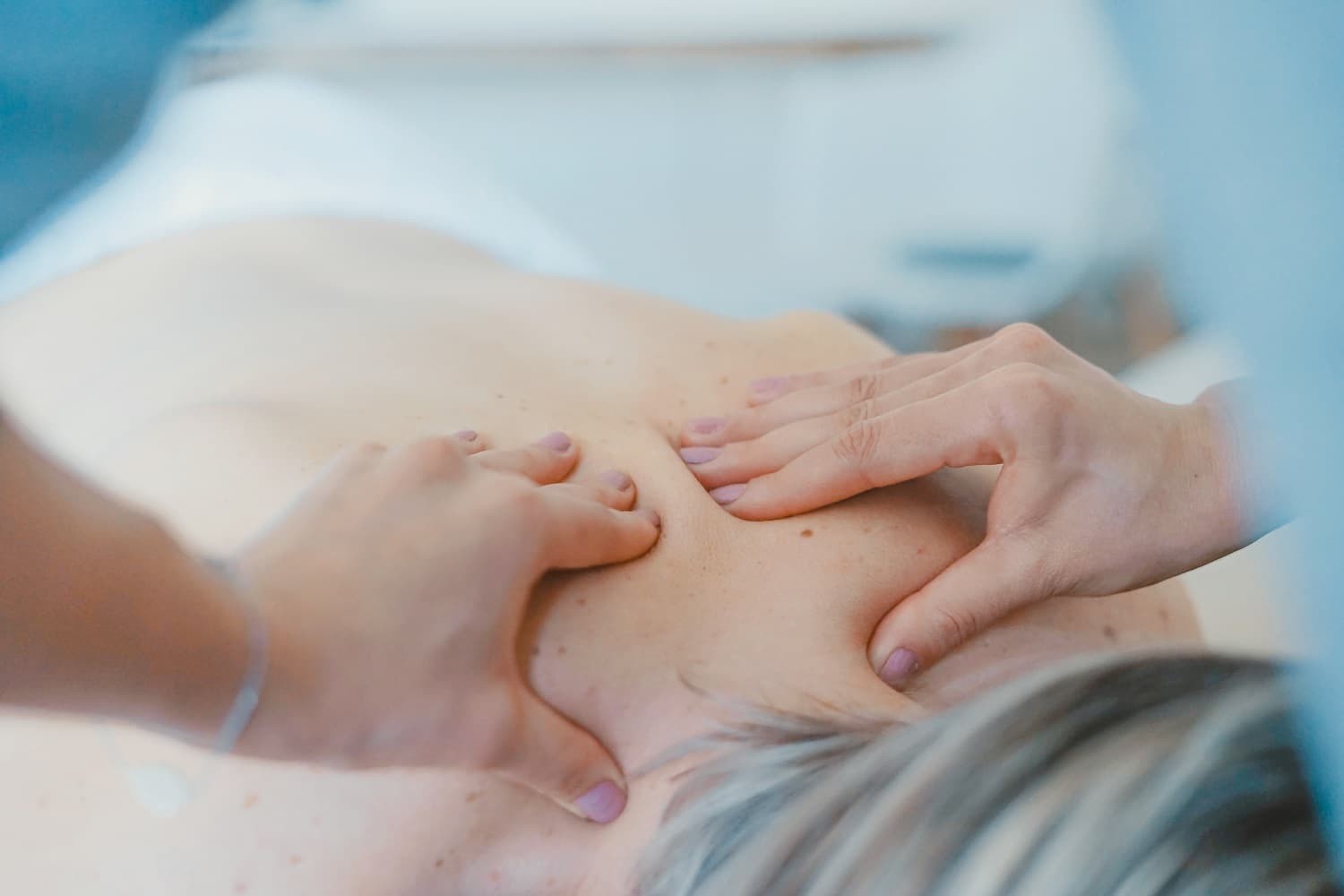
A stroke, also known as cerebrovascular disease, is the sudden loss of brain function resulting from the sudden disruption of blood supply to the brain. When the blood being carried to the brain, via the blood vessels called the arteries, is blocked by plaque, a clot, or burst altogether, the blood may no longer be able to move through it. Brain damage or even death might occur as the survival of the brain depends on the continuous flow of nutrient-rich blood.
Long-Term Effects of Stroke
Stroke can have long-term effects that vary greatly in severity, depending on the level of damage that has been incurred by the brain. Some of the effects include:
- Muscle weakness
- Paralysis
- Immobility
- Insomnia
- Fatigue
- Chronic Pain
- Depression
- Anxiety
- Memory loss
- Speech loss
The side effects of damage to the brain's left hemisphere may include:
- Reading, speaking, problem-solving difficulties
- Paralysis or weakness on the right side of the body
The side effects of damage to the brain's right hemisphere may include:
- Short term memory, visual and spatial difficulties
- Paralysis or weakness on the left side of the body
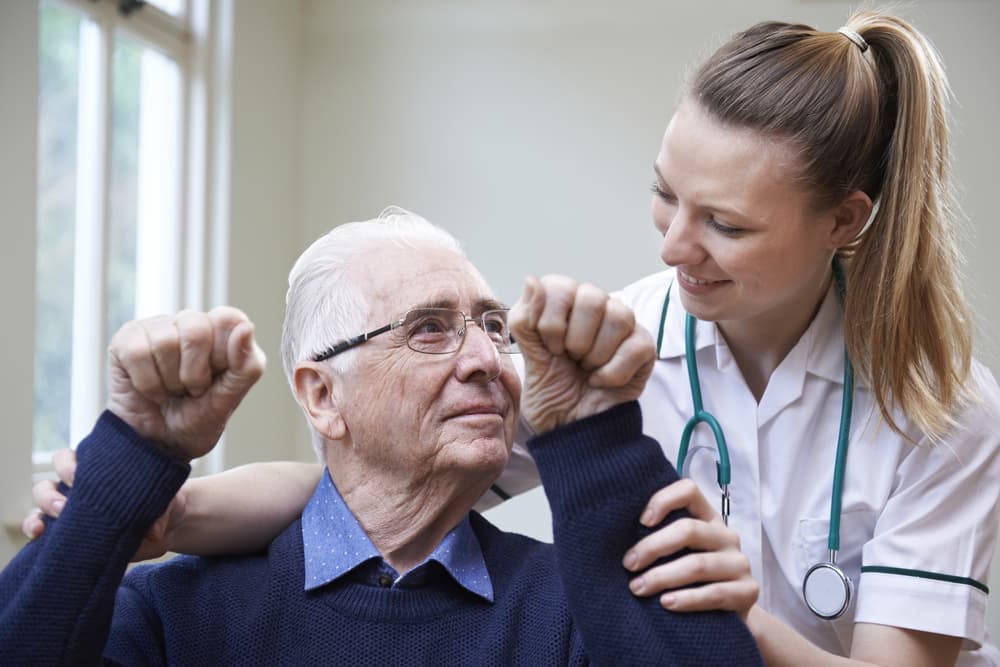
Massage Benefits for Stroke Patients
Recent scientific studies have revealed that when stroke patients are massaged, they experience increased mobility and decreased pain and depression, which can reduce their dependence on medications. A gentle massage also supports stroke recovery and improves muscle function. Keep in mind that massage therapy is not recommended in acute care due to circulatory problems a stroke survivor may likely have. However, it can be an important part of post-acute care.
Massage Improves Mobility in a Stroke Patient
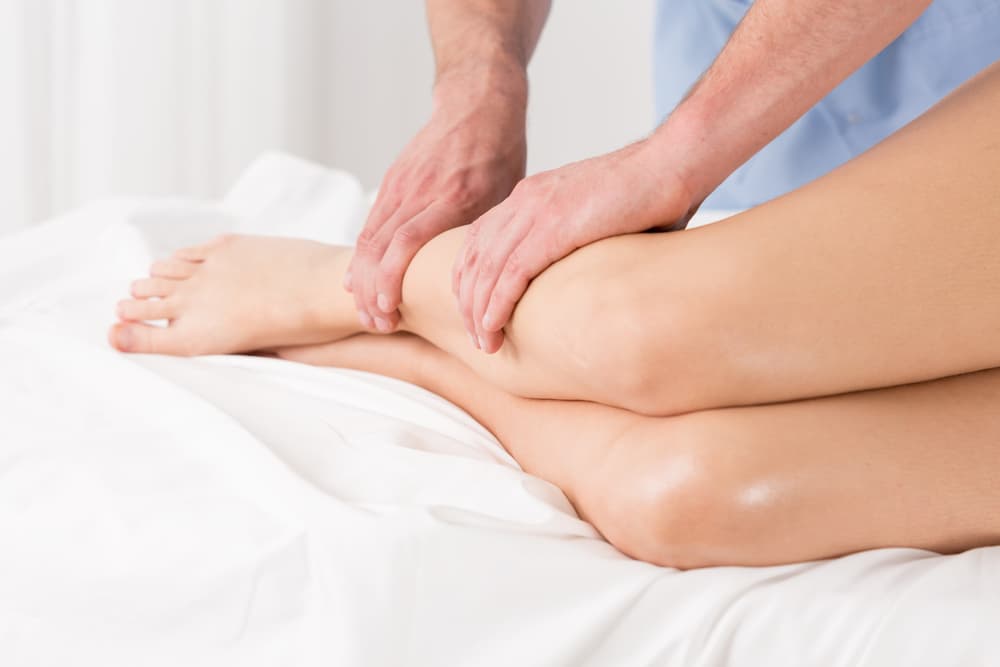 Massage therapy greatly benefits stroke patients with mobility issues. Using different massage techniques in manipulating the affected muscles stimulates blood flow, regenerates muscle tissues and improves the patient's range of motion. The long, gliding strokes and circular friction of Swedish massage can help improve muscle coordination and mobility. Incorporating acupressure in a massage therapy session is also advisable as this can stimulate specific nerve centres.
Massage therapy greatly benefits stroke patients with mobility issues. Using different massage techniques in manipulating the affected muscles stimulates blood flow, regenerates muscle tissues and improves the patient's range of motion. The long, gliding strokes and circular friction of Swedish massage can help improve muscle coordination and mobility. Incorporating acupressure in a massage therapy session is also advisable as this can stimulate specific nerve centres.
Massage Relieves Fatigue in a Stroke Patient
One of the most common and long-term side effects of stroke is fatigue. Symptoms related to fatigue include never feeling rested, excessive sleep, slower speech and movement, shortness of breath, lack of care and interest, and a strong desire to be alone.
Massage therapy can increase the energy levels of the stroke patient and assist them in conserving it. It is done by releasing muscle tension and toxins in the muscles and reducing cortisol, a stress hormone.
Massage Helps Insomnia in a Stroke Patient
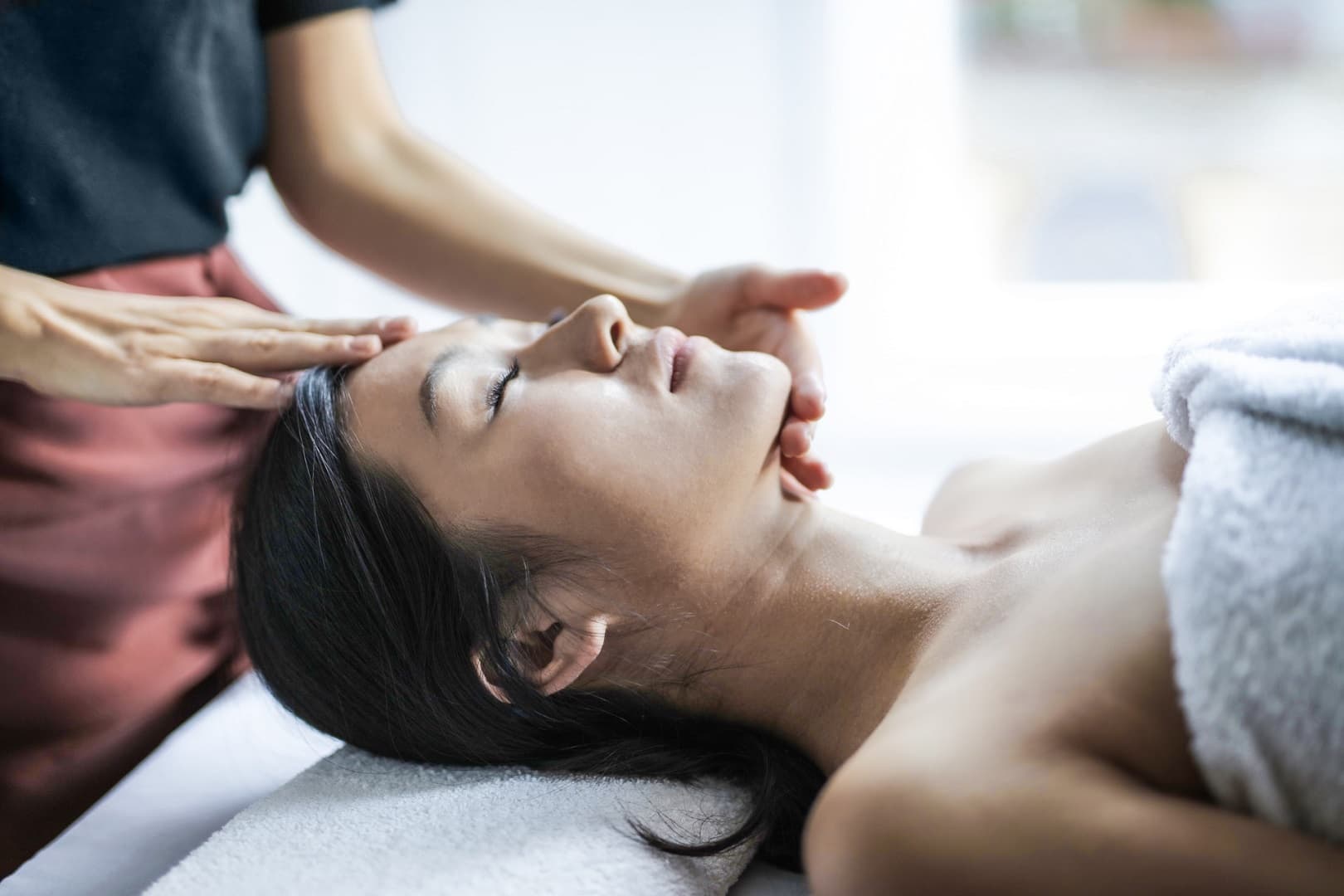 Stroke patients may experience insomnia as it can be difficult to sleep with symptoms like dry mouth, shortness of breath, muscle discomfort and stiffness.
Stroke patients may experience insomnia as it can be difficult to sleep with symptoms like dry mouth, shortness of breath, muscle discomfort and stiffness.
Massage therapy can help reduce the likelihood of insomnia as it induces relaxation, allowing the patient to enjoy hours of sleep and recover physically and mentally. Massaging also activates the parasympathetic nervous system which is responsible for allowing the patient's body to relax. It is pretty common for a person to fall asleep during a massage season.
Massage Improves Circulation in a Stroke Patient
Among the many positive effects of massage in people who have had a stroke is better blood circulation. As stroke is caused by a blood clot due to poor circulation, it is important for patients to address this issue in order to prevent another episode from taking place.
Gentle massages can stimulate blood circulation as well as the internal organs. Additionally, a massage session can help increase oxygen supply to the extremities like the hand and feet, which may be swollen, cold or achy due to the accumulation of lactic acid in the muscles as a result of decreased mobility.
Having oxygen-rich blood delivered to their damaged and tense muscles is exactly what the patient needs to restore their health and enable their body to function normally again.
Massage Decreases Pain and Banishes Cramps in a Stroke Patient
Stroke patients may experience pain, ranging from cramps and muscle tension to stiff joints and shoulder pain. The majority of post-stroke patients develop the latter, with pain ranging from moderate to severe. Shoulder pain hampers the daily life of a person who has had a stroke as performing basic activities like bathing and dressing becomes an ordeal. If the condition is not addressed immediately, the patient runs the risk of developing shoulder-hand syndrome (SHS), one of the complications of stroke that is characterised by pain and swelling of the hands and fingers.
Using gentle massages alleviates sore and stiff joints as the muscles that surround the soft tissues and the joints receive better blood supply thanks to the increase in blood circulation. An improvement in blood circulation also relieves cramps, which occur as a result of the muscle not receiving adequate blood flow.
Massage Alleviates Symptoms of Depression in a Stroke Patient
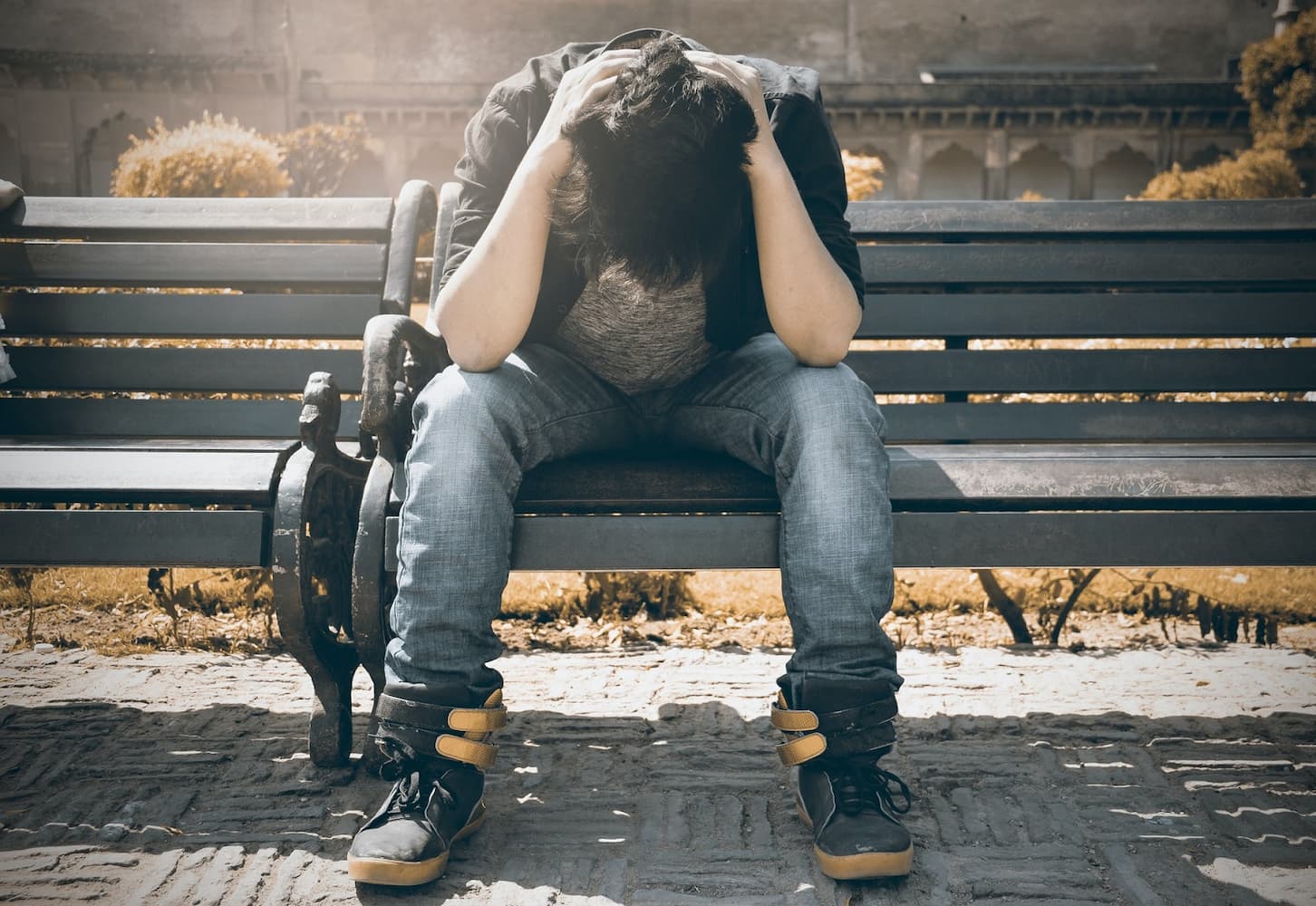
A person who has had a stroke may develop emotional problems alongside the physical ones. Depression may occur as they can no longer carry out their day-to-day activities.
Recent scientific research has revealed that massage therapy has a beneficial effect on stroke patients who are suffering from depression. The therapeutic value of massage is observed when the nerve receptors of the nervous system are physically stimulated and the body releases mood-lifting chemicals such as serotonin and dopamine. Increasing serotonin levels lowers the risk of a heart attack and prevents another stroke.
During a massage session, the production of hormones associated with stress, such as adrenaline, cortisol and norepinephrine, also noticeably decreases, which help counteract depression.
Maintaining positive thoughts and a calm mind and body is key to combating depression, which affects one third of stroke survivors, according to the Stroke medical journal.
Massage Supports Brain Function in a Stroke Patient
Studies show that performing a gentle massage on a stroke survivor helps improve their memory and prevent the onset of a brain disorder like dementia or Alzheimer's disease. A stroke directly affects the brain, hence the reason many parts of the patient's body don't work properly following an episode. Combining reflexology with a Swedish massage therapy is a great way to prevent memory loss or any potential brain function.
Different Massage Techniques for Stroke Recovery
Massage therapy can be a valuable addition to the rehabilitation process for stroke survivors. Various massage techniques offer unique benefits and can aid in the recovery of motor function, relaxation and overall wellbeing. Here, we explore different massage techniques commonly used in stroke recovery and their specific applications.
Swedish Massage
This gentle massage technique utilizes long, flowing strokes, kneading and circular motions. It promotes relaxation, improves blood circulation and reduces muscle tension. In stroke recovery, Swedish massage can help increase range of motion, alleviate muscle stiffness, and enhance overall relaxation.
Deep Tissue Massage
Focusing on deeper layers of muscle and connective tissue, deep tissue massage targets specific areas of tension, adhesions and scar tissue. This technique can be beneficial for stroke survivors who experience muscle spasticity or tightness. Deep tissue massage helps to release tension, improve flexibility, and restore normal movement patterns.
Lymphatic Drainage
This massage technique aims to stimulate the lymphatic system, which plays a crucial role in removing waste products and toxins from the body. Lymphatic drainage uses light, rhythmic strokes to encourage lymph flow, reduce swelling (oedema) and support the body's natural healing process. This type of massage can be beneficial for stroke survivors who experience swelling or lymphedema in affected limbs.
Myofascial Release
Targeting the fascia, a connective tissue that surrounds and supports muscles and organs, myofascial release techniques involve gentle sustained pressure and stretching to release tension and restore flexibility in the affected areas. Stroke survivors often experience restrictions and tightness in the fascia, which can affect movement and overall function. Applying this type of massage can significantly improve their movement.
By incorporating these various massage techniques into stroke recovery programs, therapists can customize treatments to address individual needs and goals. However, it is essential to consult with a qualified massage therapist or healthcare professional to ensure the techniques are applied safely and effectively.
Massage as a Complementary Therapy for Stroke Rehabilitation
Stroke rehabilitation is a complex and multifaceted process that aims to help individuals regain their independence and improve quality of life. In addition to traditional therapies, such as physical and occupational therapy, massage therapy can serve as a valuable complementary treatment for stroke survivors in the following ways:
-
Improved Circulation: Massage therapy stimulates blood flow to the muscles and tissues, which can be particularly beneficial for stroke survivors. Increased circulation promotes the delivery of oxygen and nutrients to the affected areas, supporting tissue healing and reducing the risk of secondary complications.
-
Muscle Spasticity Reduction: Stroke often leads to muscle spasticity, characterized by involuntary muscle contractions and stiffness. Massage techniques like gentle stretching, kneading, and deep tissue work can help relax muscles, reduce spasticity, and restore normal movement patterns.
-
Relaxation and Stress Relief: Stroke recovery can be a stressful and challenging journey, both physically and emotionally. Massage therapy provides a calming and nurturing environment, promoting relaxation and reducing anxiety. It triggers the release of endorphins, the body's natural feel-good hormones, which can positively impact mood and overall well-being.
-
Pain Management: Many stroke survivors experience pain, whether from muscle imbalances, joint stiffness, or nerve damage. Massage therapy can help alleviate pain by targeting specific areas of discomfort and promoting the release of tension and tightness. Additionally, the relaxation response induced by massage can reduce pain perception.
Case Studies: Successful Implementation of Massage in Stroke Rehabilitation
Massage therapy has shown promising results as a complementary treatment in stroke rehabilitation. To illustrate the effectiveness of massage, let's explore a few real-life case studies where massage played a significant role in improving motor function, restoring range of motion and alleviating post-stroke complications.
Case Study 1
John, a 55-year-old stroke survivor, experienced limited range of motion and muscle stiffness in his affected arm. Through a combination of Swedish massage and deep tissue techniques, his massage therapist targeted the affected muscles and connective tissue, gradually improving flexibility and reducing muscle spasticity. Over time, John regained more functional use of his arm, allowing him to perform daily activities with greater ease.
Case Study 2
Sarah, a 45-year-old stroke survivor, suffered from swelling and lymphedema in her affected leg. Lymphatic drainage massage was incorporated into her rehabilitation plan to reduce edema and improve lymph flow. Sarah experienced significant reduction in swelling, allowing her to participate more fully in other aspects of her recovery program, such as physical therapy and exercises.
Case Study 3
Michael, a 60-year-old stroke survivor, struggled with chronic pain and muscle imbalances in his lower back and hips. Myofascial release techniques were employed to release tension in the affected areas, improving his overall posture, reducing pain, and enhancing his ability to walk and perform daily activities more comfortably.
These case studies highlight the potential benefits of massage therapy in stroke rehabilitation. However, it's important to remember that each individual's response to massage may vary. Customized treatment plans, along with ongoing communication between the massage therapist and the healthcare team, can ensure that the techniques are tailored to meet the specific needs and goals of each stroke survivor.
Best Practices and Precautions for Massage in Stroke Rehabilitation
Massage therapy can be a valuable tool in stroke rehabilitation when applied safely and effectively. To ensure optimal results and minimize potential risks, it is important for massage therapists and caregivers to follow best practices and take necessary precautions.
1. Proper Assessment
Before initiating massage therapy, a thorough assessment should be conducted to understand the stroke survivor's medical history, specific needs, and goals. It's essential to identify any contraindications or precautions related to the individual's condition.
2. Communication with the Healthcare Team
Collaboration and communication with the healthcare team, including physicians, physical therapists, and occupational therapists, is crucial. They can provide valuable insights and guidance on incorporating massage into the overall rehabilitation plan, ensuring a coordinated and holistic approach to care.
3. Adapting Techniques
Massage techniques should be adapted to meet the unique needs and limitations of stroke survivors. This may involve modifying pressure, duration, and the area of focus. Gentle and gradual progressions are typically recommended, particularly for individuals with muscle weakness or sensory impairments.
4. Safety Considerations
Safety should be a top priority during massage therapy sessions. Precautions should be taken to avoid excessive pressure, particularly over fragile areas or bony prominences. Proper positioning, support, and padding should be provided to ensure comfort and prevent injury. Additionally, stroke survivors with specific medical conditions or complications should be evaluated individually to determine if any adjustments or modifications are necessary.
By following these best practices and precautions, massage therapists and caregivers can maximise the benefits of massage therapy while minimising potential risks. Open communication, ongoing assessment and collaboration with the healthcare team are key to creating a safe and effective massage experience for stroke survivors.
Evidence-based Benefits of Massage in Stroke Rehabilitation
Numerous clinical trials and studies have investigated the effects of massage therapy on stroke patients. These studies have explored the impact of massage on various aspects of stroke recovery, including motor function, muscle tone, pain management and overall wellbeing. Here is a summary of key findings from a selection of notable studies:
-
A study published in the journal "Stroke" examined the effects of therapeutic massage on motor function in stroke patients. The results indicated that stroke survivors who received regular massage therapy experienced significant improvements in motor function compared to a control group receiving standard care.
-
In a randomized controlled trial published in "Complementary Therapies in Medicine", researchers investigated the effects of hand and foot massage on spasticity in stroke patients. The study found that massage therapy resulted in a significant reduction in muscle spasticity, leading to improved range of motion and functional ability.
-
A systematic review and meta-analysis published in the "European Journal of Physical and Rehabilitation Medicine" analyzed the effects of massage therapy on pain management in stroke patients. The review concluded that massage therapy was effective in reducing both acute and chronic pain in stroke survivors.
-
Another study published in "Clinical Rehabilitation" explored the impact of massage therapy on mood and quality of life in stroke patients. The findings indicated that regular massage sessions contributed to improved mood, reduced anxiety and depression, and enhanced overall quality of life.
-
A randomized controlled trial published in the "Journal of Clinical Nursing" investigated the effects of aromatherapy massage on post-stroke fatigue. The study demonstrated that stroke survivors who received aromatherapy massage experienced reduced levels of fatigue and improved energy levels compared to the control group.
These studies collectively suggest that massage therapy can be a beneficial intervention for stroke patients. It has been associated with improvements in motor function, reduction in muscle spasticity, pain management, mood enhancement, and overall quality of life. However, it is important to note that individual responses to massage therapy may vary, and further research is needed to fully understand the mechanisms and optimal protocols for incorporating massage into stroke rehabilitation.
Massage therapy helps improve the quality of life of the stroke patient. If you have had a stroke, please always speak first to your doctor before undergoing massage or other similar therapies. To find a massage therapist in your area who specialises in stroke massage, check out Australia's highly experienced practitioners on the Natural Therapy Pages.
|
Do you have a natural health & wellness business? |
Originally published on Jul 02, 2010







